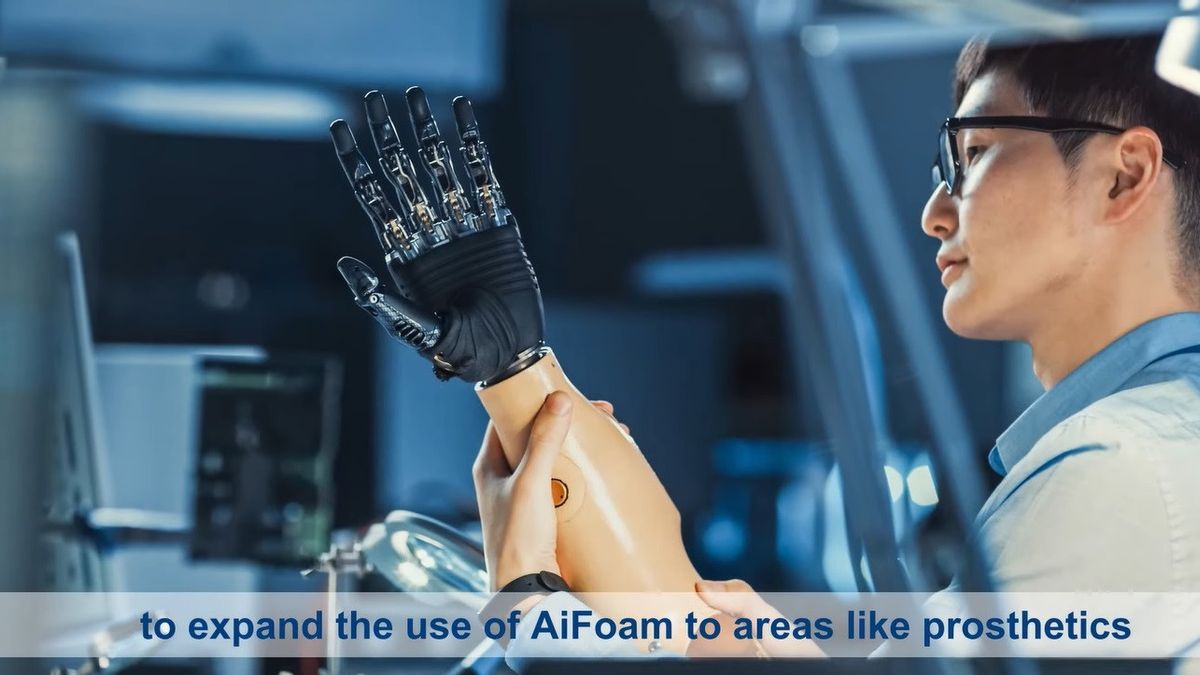
JAKARTA - Singaporean researchers have developed a smart foam material that allows robots to sense nearby objects, and repair themselves when damaged, just like human skin.
Artificially coated foam, or AiFoam, is a highly elastic polymer made by mixing a fluoropolymer with a compound that lowers surface tension.
This allows the spongy material to blend easily into one piece when cut, according to researchers at the National University of Singapore (NUS).
"There are many applications for such materials, particularly in robotics and prosthetic devices, where robots need to be much more intelligent when working around humans," explained lead researcher by Assistant Professor Benjamin Tee of the NUS Department of Materials Science and Engineering. .
To replicate the human sense of touch, the researchers infused the material with microscopic metal particles and added tiny electrodes under the surface of the foam.

When pressure is applied, the metal particles get closer and closer within the polymer matrix, changing their electrical properties. These changes can be detected by electrodes connected to a computer, which then tells the robot what to do, Tee said.
"When I move my finger near the sensor, you can see the sensor measuring changes in my electric field and responding to my touch," explains Tee of his research.
This feature allows the robot hand to detect not only the amount but also the direction of the applied force, potentially making the robot more intelligent and interactive.
Tee says AiFoam is the first of its kind to combine both self-healing and proximity and pressure-sensing properties. After spending more than two years developing it, he and his team hope the material can be put into practical use within the next five years.
"It also allows prosthetic users to use their robotic arm more intuitively when picking up objects."
Meanwhile, citing NUS News May 10, with the ability to mimic the human sense of touch, sense objects around it without touching it directly and repair itself, AiFoam is the world's first smart foam to perform these functions simultaneously, potentially making robots smarter and more efficient. interactive.

"We wanted to show that it is possible to replicate the human sense of touch in robots, which opens up new paradigms in human-machine interactions for future applications," explains Asst Prof Tee, whose discoveries have been published in Nature Communications on November 12, 2020. The NUS team is currently exploring partnerships with robotics companies, and wants to expand the use of AiFoam to areas such as robotics and prosthetics, to enable more seamless interactions between humans and machines.
"The self-healing properties of AiFoam, as well as its sensitivity to the force of contact, will allow robots to better assess human intentions, and build future generations of robots that will react to environmental changes quickly and more efficiently," concluded Tee.
The English, Chinese, Japanese, Arabic, and French versions are automatically generated by the AI. So there may still be inaccuracies in translating, please always see Indonesian as our main language. (system supported by DigitalSiber.id)









